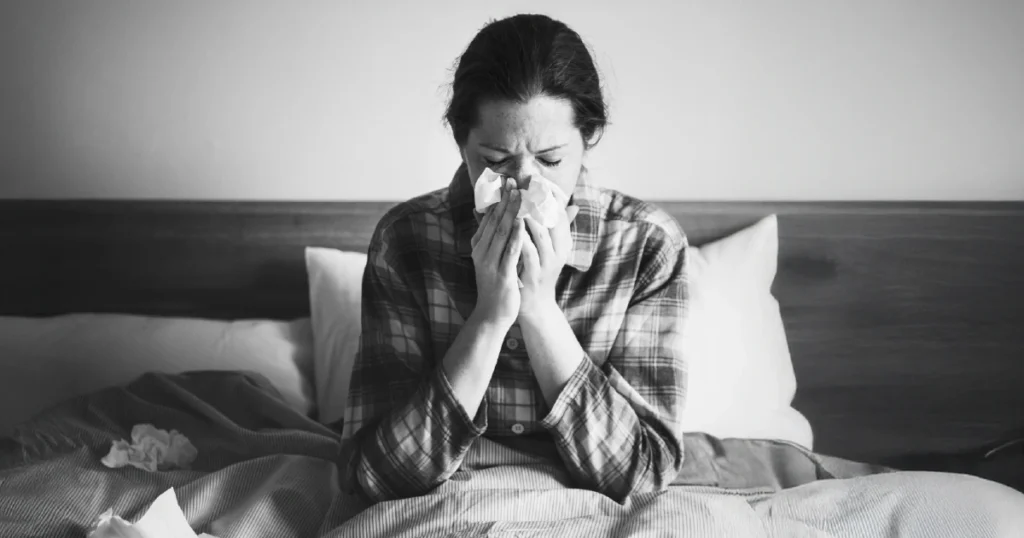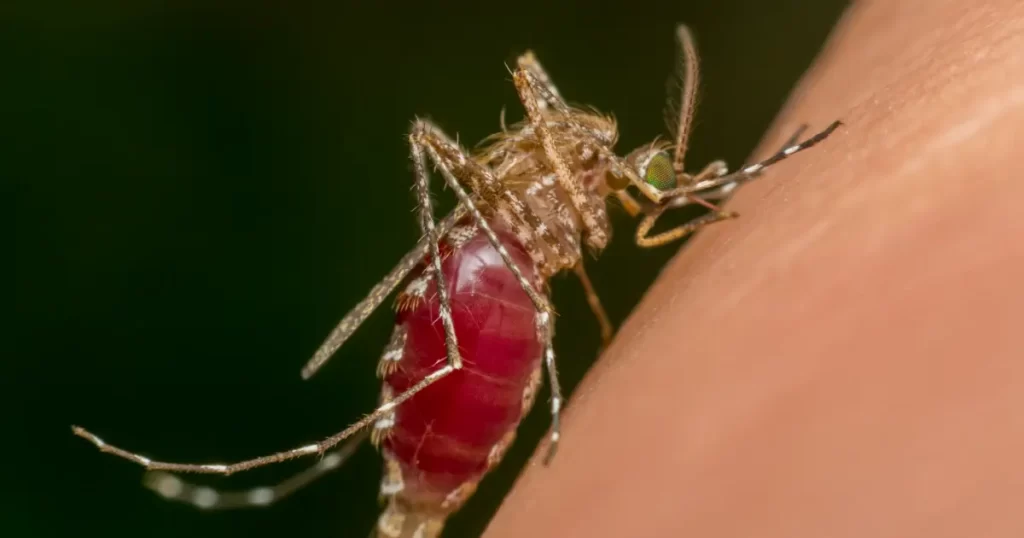Introduction
Few events in history rival the horror of the Black Death pandemic history. Between 1347 and 1351, bubonic plague devastated three continents, permanently altering the fabric of society.
But what exactly caused this catastrophe—and how does it compare to other historical zoonotic pandemics that have shaped human society?
Origins and Global Spread
The Black Death was the second great plague pandemic following the Plague of Justinian (541–549 CE). It originated in Central Asia and spread along the Silk Road via caravans and ships, eventually reaching the Mediterranean port of Messina, Sicily, in October 1347 [1]. The disease was caused by the bacterium Yersinia pestis, transmitted primarily through the fleas of infected rodents.
Once it arrived in Europe, it spread with terrifying speed—carried by traders, soldiers, and refugees. Between 1347 and 1351, the plague swept across Europe, the Middle East, and North Africa, killing an estimated 25–50% of the European population—roughly 25 to 30 million people [1, 2]. Mortality was even higher in some urban centers, where sanitation was poor and overcrowding rampant.
Forms and Symptoms of the Plague
Yersinia pestis manifests in three major clinical forms:
- Bubonic plague: the most common type, characterized by fever, chills, vomiting, and painfully swollen lymph nodes—called “buboes”—in the groin, neck, or armpits [1, 3].
- Septicemic plague: occurs when the bacteria enter the bloodstream, leading to bleeding, shock, and organ failure.
- Pneumonic plague: a rarer but deadlier form, it infects the lungs and can be transmitted through airborne droplets from coughing [3].
Victims often succumbed within days of symptom onset. With no antibiotics and no understanding of germ theory, medieval physicians were powerless to halt its spread.
Collapse and Transformation
The Black Death was not just a health crisis—it caused social and economic upheaval. Entire communities disappeared. Towns were abandoned, trade routes disrupted, and food production crippled due to a shortage of labor. In desperation, people sought spiritual explanations. Many believed the plague was divine punishment and turned to religious flagellation or scapegoated Jewish communities and other minorities [2, 4].
The medieval plague public health response was rudimentary at best. Without structured systems, cities relied on drastic measures. Infected houses were boarded up, and the dead were buried in mass graves. Medical knowledge was minimal—treatments like bloodletting, aromatic herbs, and plague masks offered no real protection [3].
However, the long-term impact of the plague also ushered in societal transformation. Labor shortages gave surviving workers more bargaining power, leading to increased wages and the erosion of the feudal system [1]. The plague indirectly contributed to the Renaissance by shifting power structures and accelerating scientific inquiry.
The One Health Perspective
Modern researchers now understand the plague through the One Health framework, which links human, animal, and environmental health. The Black Death spread through a zoonotic chain: from fleas to rodents, then to humans. Environmental conditions—such as rodent population booms and urban crowding—allowed Y. pestis to thrive [1, 5].
Recent genomic studies of ancient plague DNA have revealed insights into Yersinia pestis evolution, helping scientists understand how the pathogen has adapted over centuries. Though treatable with modern antibiotics, Yersinia pestis still causes cases in rural parts of the U.S., Africa, and Asia each year [3].
Lessons from the Black Death for Modern Health
The Black Death pandemic history offers powerful lessons from the past that remain deeply relevant to modern health systems:
- Zoonotic threats are ongoing: New diseases, like COVID-19 and monkeypox, also arise from human-animal-environmental interactions.
- Social responses shape outcomes: Just as fear and misinformation fueled panic in the 14th century, today’s infodemics can undermine science-based responses.
- Public health infrastructure is essential: The quarantine policies first introduced in plague-stricken Italian ports laid the foundation for modern epidemic management [1, 5].
Conclusion
The story of the Black Death is one of devastation—but also of survival, adaptation, and innovation. It reminds us that microscopic organisms can change the course of civilization, but human resilience and knowledge can turn tragedy into transformation.
Understanding the Black Death pandemic history helps us prepare for the next global health crisis. The real question is: are we listening?
References
- Science Museum (no date) Bubonic plague: the first pandemic. London: Science Museum. Available at: https://www.sciencemuseum.org.uk/objects-and-stories/medicine/bubonic-plague-first-pandemic
- Encyclopaedia Britannica (2025) Black Death. Available at: https://www.britannica.com/event/Black-Death
- World Health Organization (2022) Plague fact sheet. Geneva: WHO. Available at: https://www.who.int/news-room/fact-sheets/detail/plague
- Bennasar Figueras, A. (2024) ‘The Natural and Clinical History of Plague: From the Ancient Pandemics to Modern Insights’, Microorganisms, 12(1), 146. Available at: https://doi.org/10.3390/microorganisms12010146
- Kausrud, K.L. et al. (2010) ‘Modeling the epidemiological history of plague in Europe’, Proceedings of the National Academy of Sciences, 107(43), pp. 18160–18165. Available at: https://bmcbiol.biomedcentral.com/articles/10.1186/1741-7007-8-112













